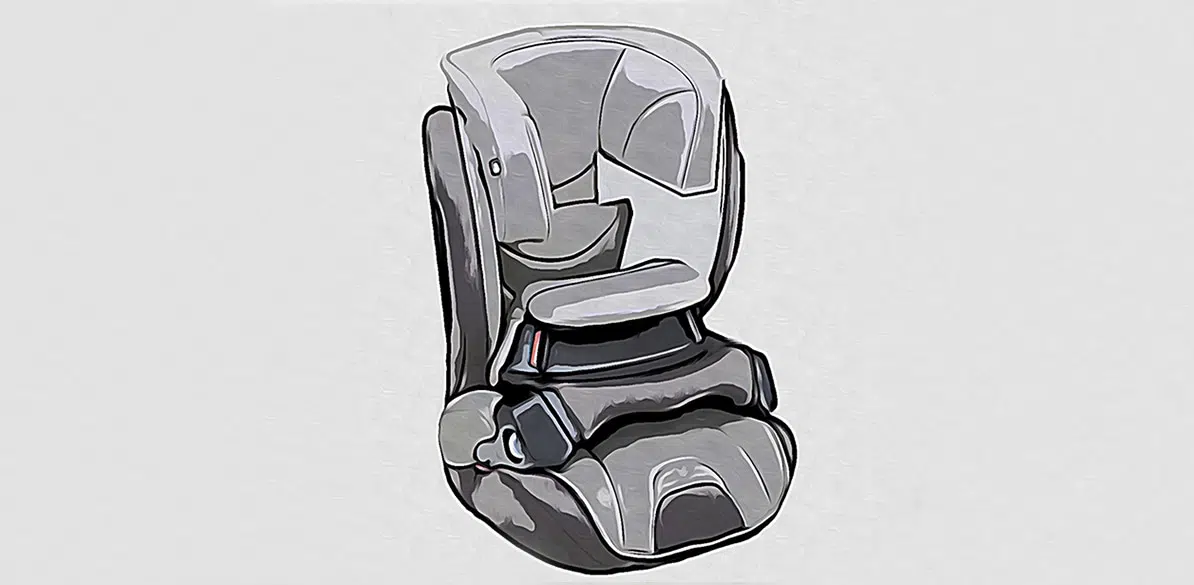What are impact shields?
We check how safe they are

Road Safety
Impact shields are an alternative to harness chairs. They work by distributing the pressure over a larger contact area, so that, in theory, having a greater surface area means that the forces the child is subjected to are reduced.
This system was developed by an engineer of a well-known brand of car seats in the 1980s and marketed based on the results obtained with the limitations of that time using crash-test dummies. However, at the end of the 1990s the company withdrew them from the market.
Today, the results obtained in Europe in tests with this type of device are actually very good, with head displacements (which can be fatal in case of impact with the front seat or due to the force exerted on the neck and head of the seat’s occupant) below those of other systems, and outstanding biomechanical results obtained using crash-test dummies, justifying their performance evaluation in consumer tests.
Unlike the results obtained with crash-test dummies, “accidentology” results cast doubt on the effectiveness of these systems, which is why these devices are banned in countries like the United States and Canada.
And why is there such a difference between the data available from “accidentology” and the data obtained using crash-test dummies?
In one of the first articles we published this year, we talked about the three basic characteristics of a child restraint system: restraint, deflection and absorption.
If we analyze these requirements, an impact shield offers retention, probably better than that of a harness in a seat, there is absorption, as it is principally composed of an energy-absorbing material, but there is no deflection, since the device does not discriminate between the parts of the child’s body that are capable of supporting loads and those that are not. Instead, it applies the forces over a larger impact zone, reducing their concentration, but without deflecting them to the skeleton, as a harness does. The latter aspect (diverting the concentration of the loads to the skeleton) is tremendously important in the event of a sudden stop or traffic accident. It is best explained with an example.
When we watch a bungee jumper, we can see that the harness restrains the jumper’s pelvis and shoulders, so the energy generated is transmitted through these contact points to the jumper’s body. No one would think of securing a jumper by their neck, because the neck is not equipped to receive the stresses resulting from such a jump.
The same is true for a child. We know that there are skeletal areas that can support the load from a collision, like the pelvic area and the clavicle, and there are other areas that cannot withstand this force, such as the abdomen, or the neck.
In any case, and keeping in mind the fact that the impact shield is a system that is used between 15 months and 4 years of age, Fundación MAPFRE would not recommend this device, as, in addition to everything we have just outlined, it must be used in a forward-facing position, and we recommend that children up to 4 years of age travel in a rear-facing position at all times.
